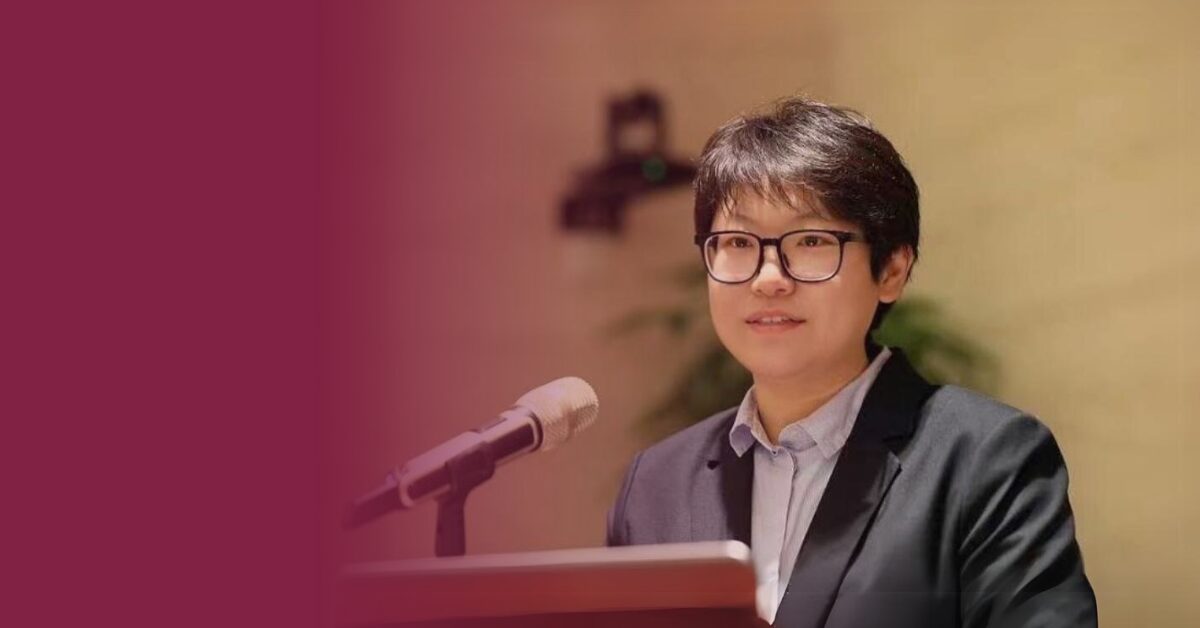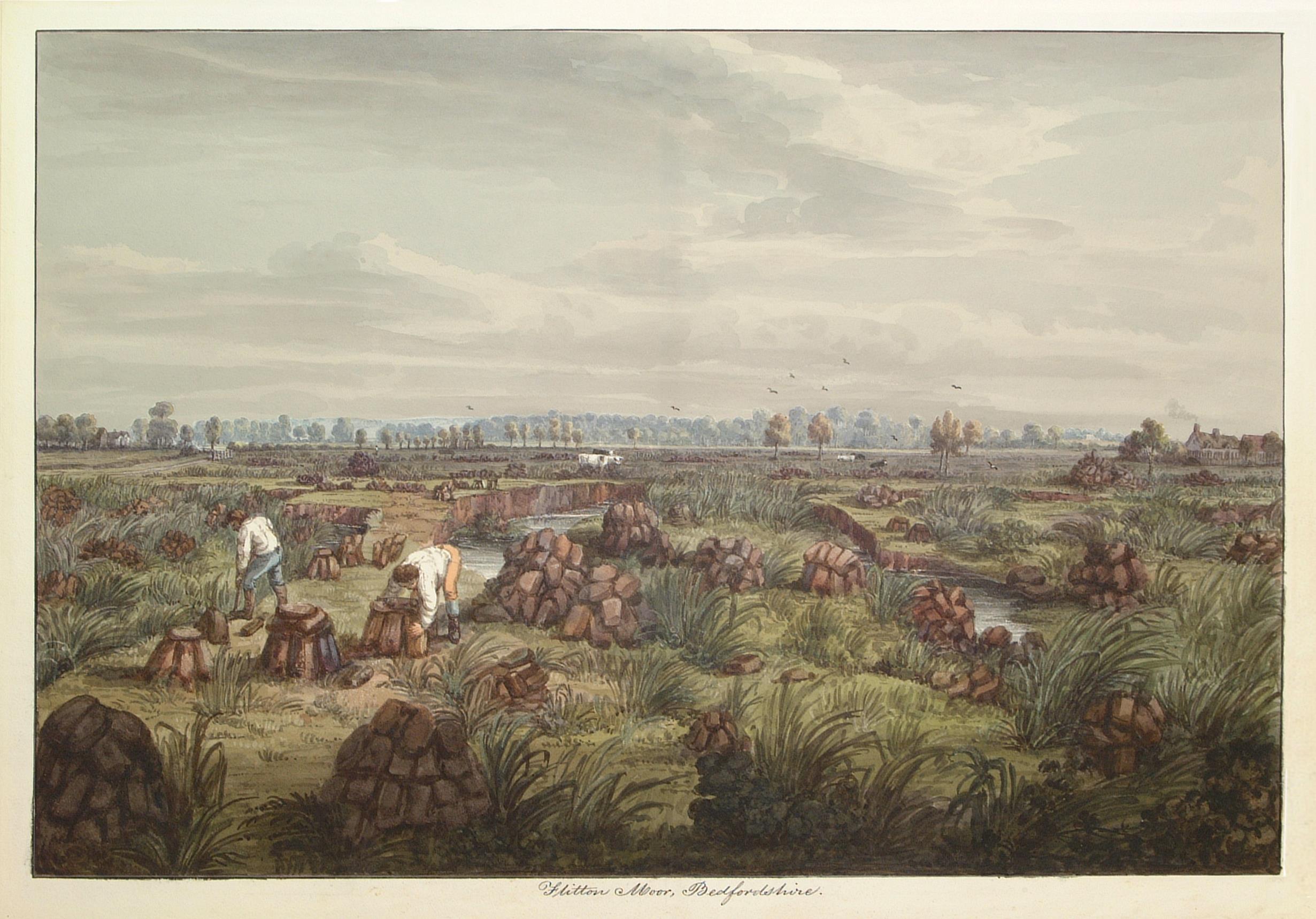Why we need connected resilience
23/08/2021

Covid-19 shouldn’t have been a surprise. A global pandemic has been at the top of the list of likely threats, the National Risk Register, for years, and has been in the scientific literature for at least 30. The reason for the cataclysmic impact of the virus has been our narrow and rigid modern world, locked into silos: a world that sees issues in terms of individual specialisms. Covid-19 means a health threat, so needs a health response. There’s going to be an economic recession, so we just need to build in more economic resilience.
Urgently, we need to think in terms of the whole modern socio-ecological system that we live in – the combination of the natural and the human – and how we deal with shocks like a pandemic. Because all the evidence from the natural world, from the increasing number and frequency of extreme weather events, as clearly highlighted by the unambiguous and stark warnings in the current IPCC Report, is that we’re at the beginning of a series of even bigger waves of change, more extreme events and challenges to how we’re used to living our lives – with climate change the towering wave above everything else, accompanied by a crashing global biodiversity. What is more we have brought this upon ourselves by destroying our life-support system: the global ecosystem, of which we are a part.
Securing the five capitals
That means G7 getting serious about the idea of connected resilience, and for the issue to be central to COP26 in Glasgow in November this year. Not simply looking at more resilient healthcare systems, or food supply chains, or emergency services, or ways of working alone, but the big picture of resilience and how everything is connected. What is the good of focusing on building a strong, efficient economy, if it can be broken by a virus, by drought and famine or wars caused by climate change?
We need to think in terms of securing all five ‘capitals’ which make up our socio-ecological system: our natural capital (as the basis of all life), human capital (skills and aptitudes), social capital (institutions and communities); built capital (everything from our cities to manufactured goods), and financial capital (the means of transferring resources between capitals).
There are lessons from natural ecosystems for human societies and their response to crises. Nature is used to shocks, what’s known as a ‘perturbation’, like a fire or flooding. They tend to come as part of annual or decadal cycles. Nature deals with perturbations, benefits from them, because a local environment will ‘know’ what to do, it has a built-in store of information on what’s happening and how to respond: there are buried banks of seeds under the soil; there’s a basis of living organic matter in the soil; birds fly in and deposit sources of new life; landscapes will recover and flourish. We have reached a stage now, however, where the level of change – in terms of loss of biodiversity and climate – where there isn’t the information in the natural system to cope. Which, in turn, leads to a greater susceptibility to extreme events and for them to happen more often.
Buffers first
A working level of connected resilience, considering all five capitals and how they all impact on the other, requires a buffer – space to flex and absorb the shocks. Over the past hundred years or more we have squeezed out the buffer from business, our way of working and living, in favour of efficiency; we have lean, just-in-time operations that allow for fast and cheap delivery. But we do not need just-in-time anymore, we need just-in-case. More patience and more buffering around how we do things, allowing for what might look like inefficiency and waste, so that when there’s a crisis there’s some give in the system, not a sudden break that is hugely costly to fix. So, investment will be needed by societies in all five capitals, not just in the ‘target capital’, not just chasing immediate results, but in nurturing the growth of a better human eco-system – and understanding how they interact and feedback. Agriculture is full of examples of how this works. Less intensive farming, without ploughing, means lower yields in the short-term, inevitably. But over time, the soil ecosystem improves, becomes more self-regulating, there is less need for diesel fuel, fertilisers and pesticides, and yields will become more reliable.
Acting on the need for connected resilience is too radical for impetus to come from a government or sector, it will need to be based on choices made by whole societies and a test of priorities. Are we living just for now or for the future? What sacrifices will that mean, and what will be worthwhile?
As the obvious starting point, connected resilience demands that people from all types of organisations look beyond their specialist silos. Resilience will not be found internally. We have to start entering into conversations within and across sectors and industries, all the other areas of life we have been relying on or been connected with, knowingly or otherwise, in order to be ready for whatever comes next. The United Kingdom is in a strong position through its global trading position to begin to act effectively in securing a transition to connected resilience by means of influence, partnerships and regulatory arrangments. It is time to act.
Professor Jim Harris, Chair of Environmental Technology, Cranfield University, www.cranfield.ac.uk/resilience
Categories & Tags:
Leave a comment on this post:
You might also like…
The Library app is back!
The Library app is back! It's exactly the same as before (although it will get a fresh look in a few months) and if you hadn't removed it from an existing device it should just ...
PhD researcher at the IF Oxford Science and Ideas Festival
IF Oxford is a science and ideas Festival packed with inspiring, entertaining and immersive events for people all ages. PhD researcher, Zahra attended the festival. Here she shares what motivated her to get involved. ...
What leadership skills are required to meet the demands of digitalisation?
Digital ecosystems are shifting the dynamics of the world as we know it. With digitalisation being a norm in the software industry, there is currently a rapid rise in its translation ...
My PhD experience within the Centre for Air Transport at Cranfield University
Mengyuan began her PhD in the Centre for Air Transport in October 2022. She recently shared what she is working on and how she has found studying at Cranfield University so ...
In the tyre tracks of the Edwardian geologists
In April 1905 a group of amateur geologists loaded their cumbersome bicycles on to a north-bound train at a London rail station and set off for Bedfordshire on a field excursion. In March 2024 a ...
How do I reference… images, figures, and tables in the APA7 style?
So you want to use an image or table in your assignment that you didn't create yourself - but you don't know how to cite it? Read on to find out how. Any images, figures, ...






